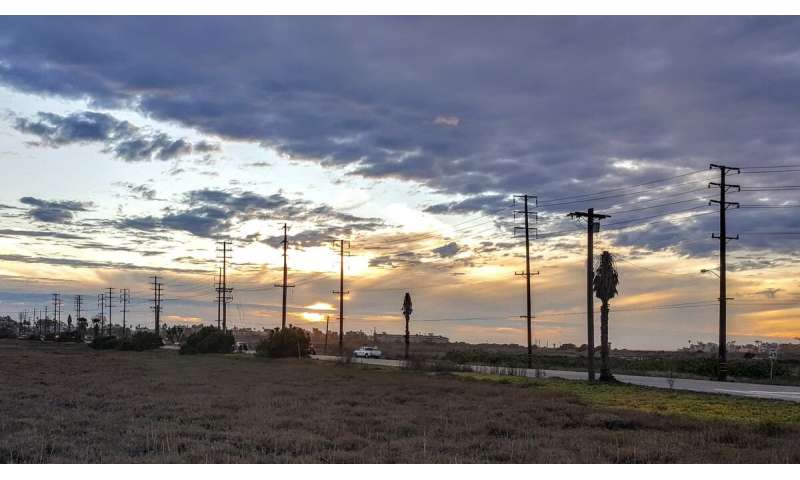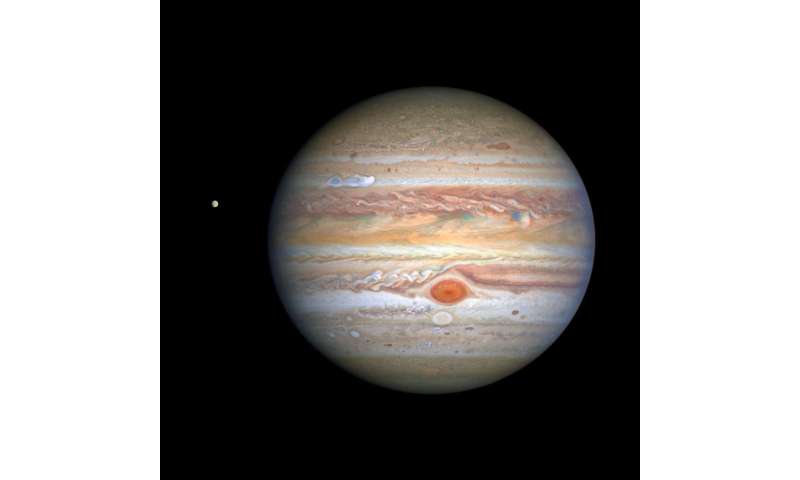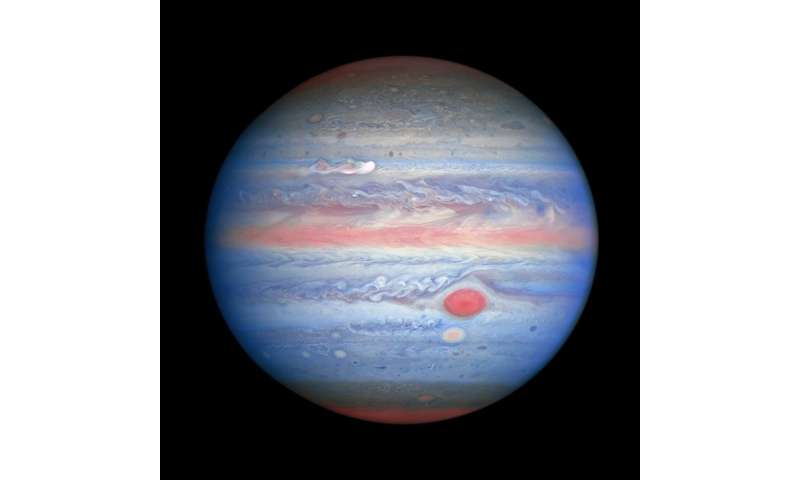by Nature Publishing Group

Adult Emydura macquarii. Credit: Claudia Santori.
Freshwater turtles may have a role in regulating water quality in river systems by scavenging fish carcasses, suggests a study of Emydura macquarii, a vulnerable freshwater turtle species found in Australia. The findings are published in Scientific Reports.
Carp are a major pest in many parts of Australia and ammonia, a by-product of carp carcass decomposition, is toxic to animals in high concentrations. Ricky-John Spencer and colleagues measured the impact of scavenging turtles on the water quality of artificial wetlands containing carp carcasses, using five groups of four male Emydura macquarii caught at Hawksview Lagoon in New South Wales. Each artificial wetland contained either four or no turtles and consisted of a tank filled with flowing water, cement blocks for turtles to bask on and plastic tunnels for shelter. Carp carcasses were left in each artificial wetland until they had either been fully eaten by turtles or had fully decomposed. When turtles were present, carp carcasses were removed three times faster and water quality returned to initial conditions more quickly, as indicated by a fall in ammonia levels and the recovery of dissolved oxygen levels. Aquatic animals need dissolved oxygen to breathe.
The Murray-Darling basin is a river system that supports 40% of Australia's agricultural production. It is the main water source for more than 2.8 million people. Freshwater turtles are scarce in the Murray-Darling basin due to death on roads and nest destruction by foxes. The water quality and ecosystems of the basin could be severely affected by plans by the Australian government to reduce the number of invasive carp through the introduction of a naturally occurring carp virus as there are fewer turtles present to scavenge on carcasses, the authors suggest.

Freshwater turtles may have a role in regulating water quality in river systems by scavenging fish carcasses, suggests a study of Emydura macquarii, a vulnerable freshwater turtle species found in Australia. The findings are published in Scientific Reports.
Carp are a major pest in many parts of Australia and ammonia, a by-product of carp carcass decomposition, is toxic to animals in high concentrations. Ricky-John Spencer and colleagues measured the impact of scavenging turtles on the water quality of artificial wetlands containing carp carcasses, using five groups of four male Emydura macquarii caught at Hawksview Lagoon in New South Wales. Each artificial wetland contained either four or no turtles and consisted of a tank filled with flowing water, cement blocks for turtles to bask on and plastic tunnels for shelter. Carp carcasses were left in each artificial wetland until they had either been fully eaten by turtles or had fully decomposed. When turtles were present, carp carcasses were removed three times faster and water quality returned to initial conditions more quickly, as indicated by a fall in ammonia levels and the recovery of dissolved oxygen levels. Aquatic animals need dissolved oxygen to breathe.
The Murray-Darling basin is a river system that supports 40% of Australia's agricultural production. It is the main water source for more than 2.8 million people. Freshwater turtles are scarce in the Murray-Darling basin due to death on roads and nest destruction by foxes. The water quality and ecosystems of the basin could be severely affected by plans by the Australian government to reduce the number of invasive carp through the introduction of a naturally occurring carp virus as there are fewer turtles present to scavenge on carcasses, the authors suggest.

The state-of-art experimental wetland facility at Western Sydney University’s Hawkesbury campus. Credit: Ricky Spencer and Claudia Santori.
Baby Emydura macquarii. Credit: Tom Burd.
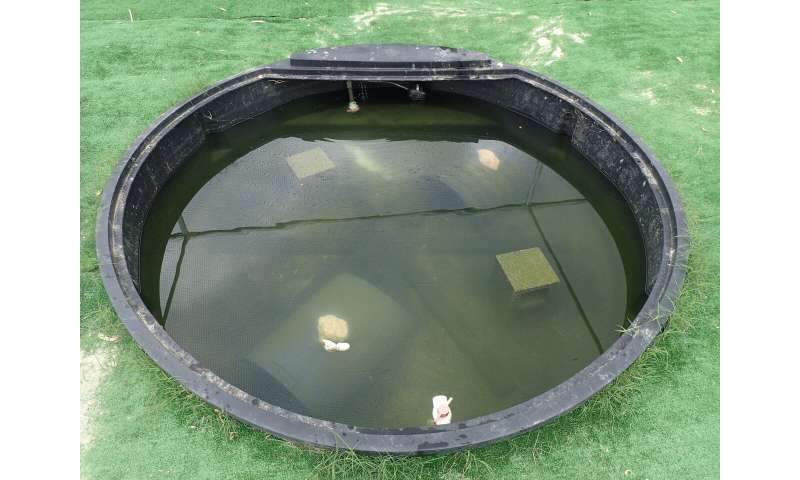 Day one of the mesocosm experiments within the state-of-art experimental wetland facility at Western Sydney University’s Hawkesbury campus - a carp carcass is added to the water. Credit: Ricky Spencer and Claudia Santori.
Day one of the mesocosm experiments within the state-of-art experimental wetland facility at Western Sydney University’s Hawkesbury campus - a carp carcass is added to the water. Credit: Ricky Spencer and Claudia Santori.
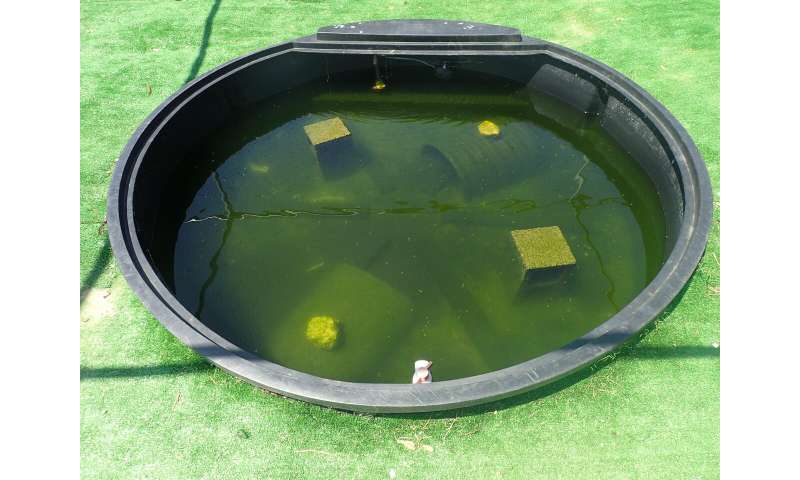
Baby Emydura macquarii. Credit: Tom Burd.
 Day one of the mesocosm experiments within the state-of-art experimental wetland facility at Western Sydney University’s Hawkesbury campus - a carp carcass is added to the water. Credit: Ricky Spencer and Claudia Santori.
Day one of the mesocosm experiments within the state-of-art experimental wetland facility at Western Sydney University’s Hawkesbury campus - a carp carcass is added to the water. Credit: Ricky Spencer and Claudia Santori.
Day nine of the mesocosm experiments within the state-of-art experimental wetland facility at Western Sydney University’s Hawkesbury campus - with turtles present in the water, the carp carcass has been completely devoured. Credit: Ricky Spencer and Claudia Santori.


Day nine of the mesocosm experiments within the state-of-art experimental wetland facility at Western Sydney University’s Hawkesbury campus - without turtles present in the water, the carp carcass continues to decompose and water quality deteriorates. Credit: Ricky Spencer and Claudia Santori.
The state-of-art experimental wetland facility at Western Sydney University’s Hawkesbury campus. Credit: Ricky Spencer and Claudia Santori.
Baby Emydura macquarii. Credit: Tom Burd.
Explore further Millions of rotting fish—turtles and crays can save us from carpageddon
Explore further Millions of rotting fish—turtles and crays can save us from carpageddon
More information: Scavenging by threatened turtles regulates freshwater ecosystem health during fish kills, Scientific Reports (2020). DOI: 10.1038/s41598-020-71544-3 , www.nature.com/articles/s41598-020-71544-3
Journal information: Scientific Reports
Provided by Nature Publishing Group




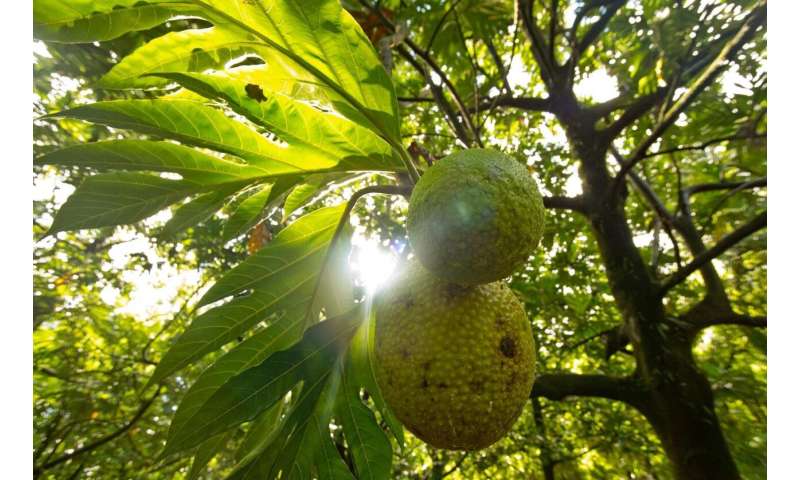
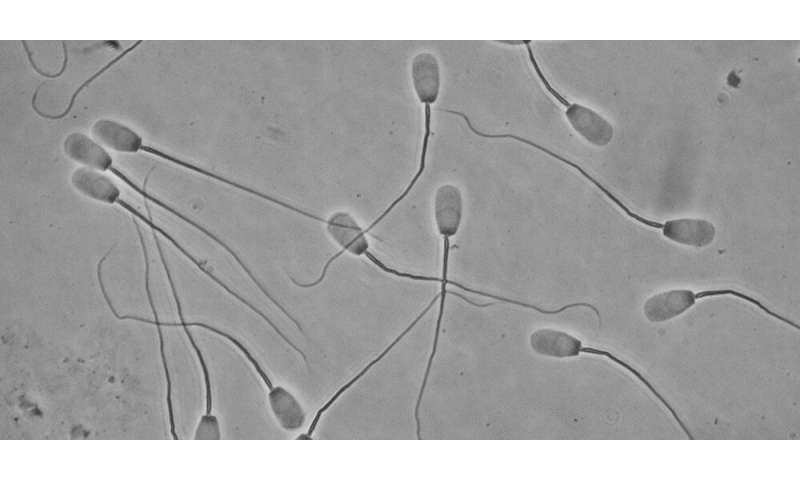
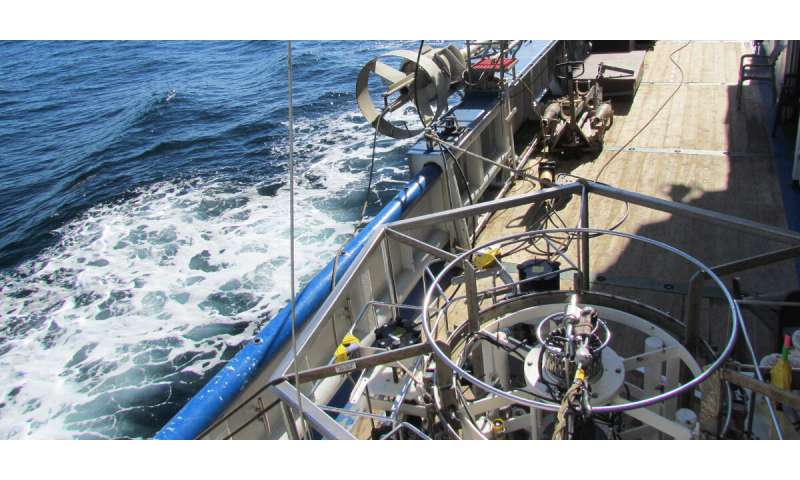
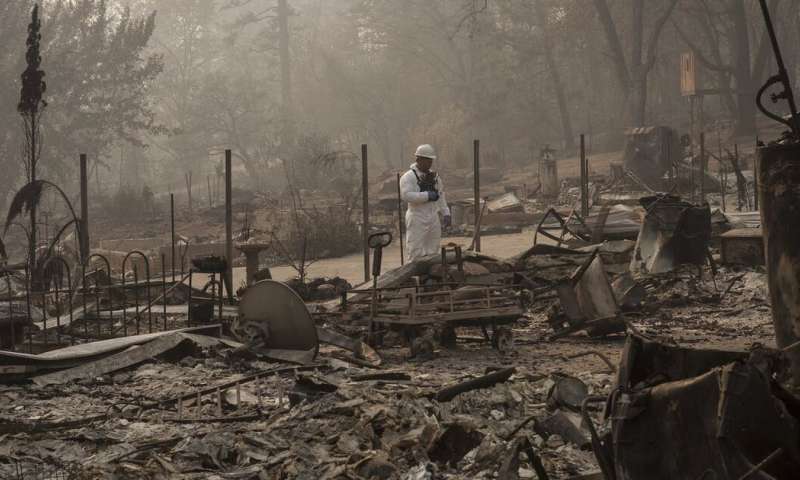
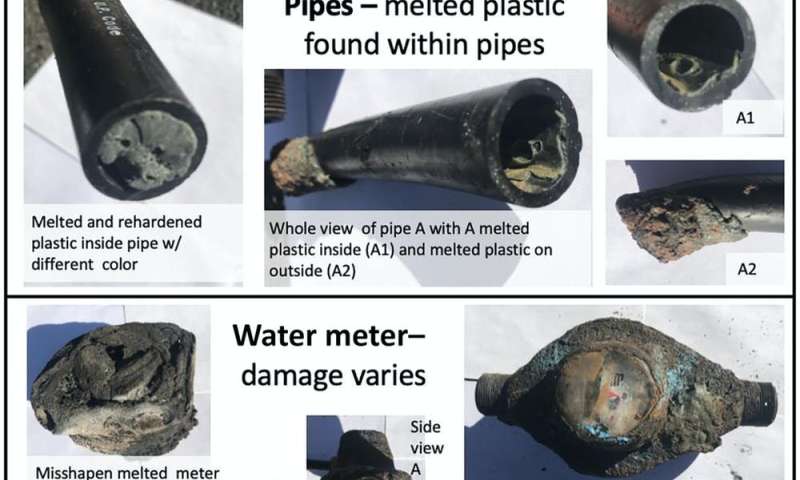

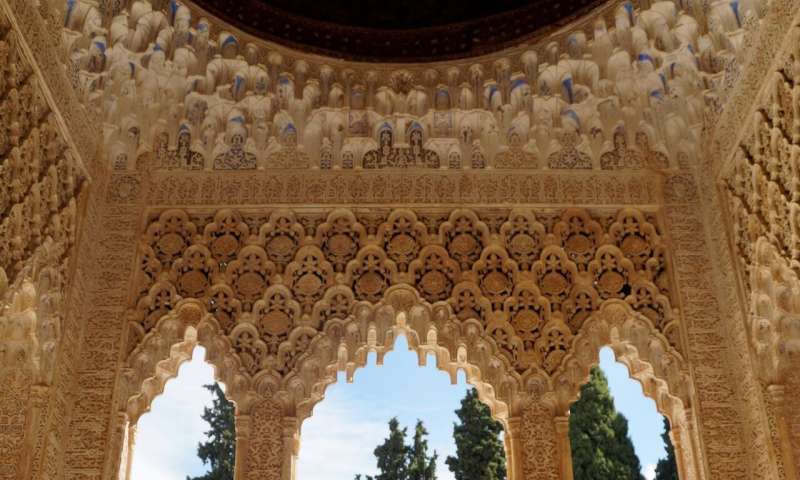

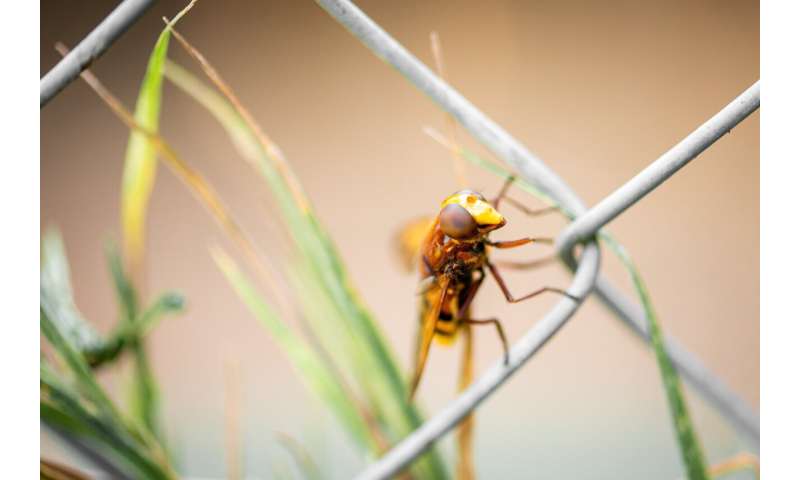
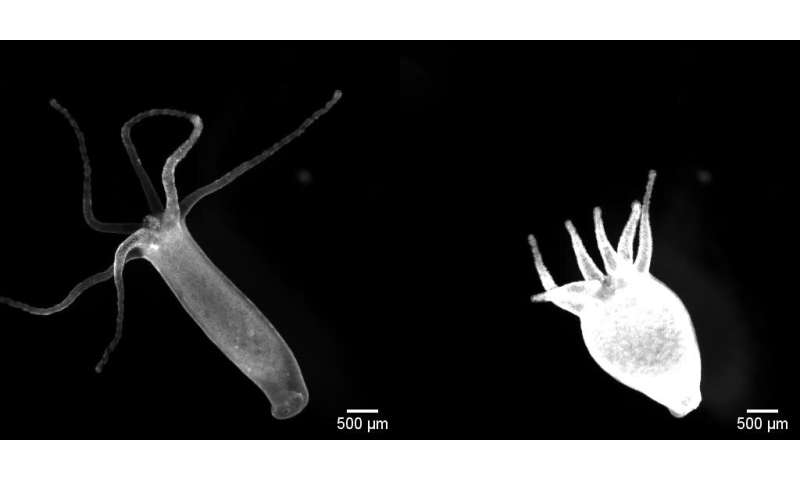
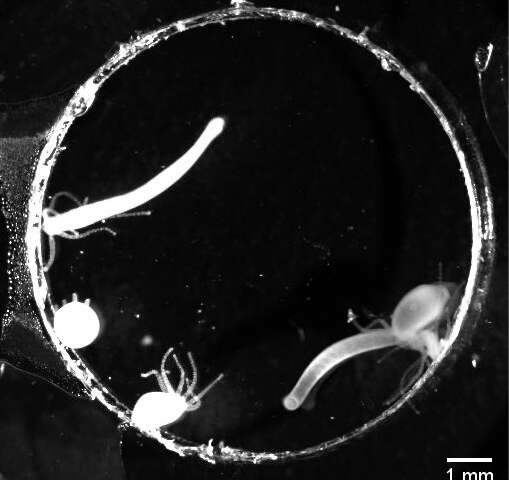


 Credit: CC0 Public Domain
Credit: CC0 Public Domain